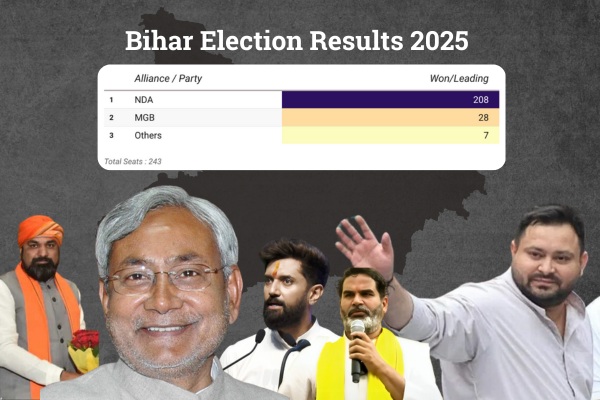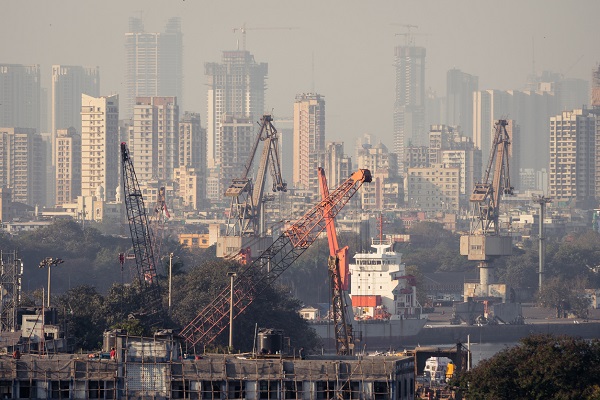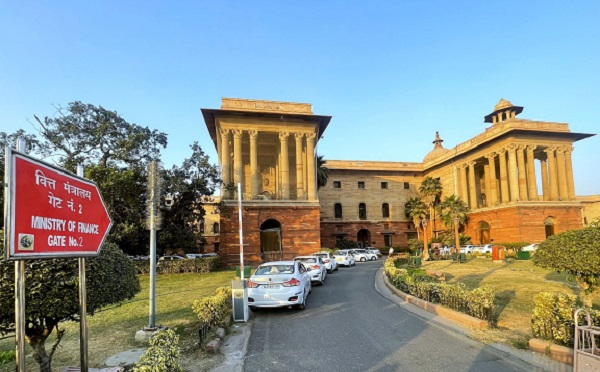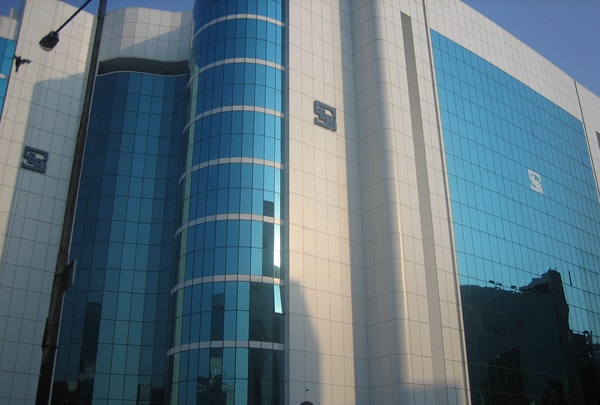.png)
Amitabh Tiwari, formerly a corporate and investment banker, now follows his passion for politics and elections, startups and education. He is Founding Partner at VoteVibe.
November 14, 2025 at 10:25 AM IST
The National Democratic Alliance has taken a comfortable lead and is currently ahead in more than 200 of the Bihar's 243 Assembly seats, a potential landslide for the ruling alliance.
Here’s a first cut of reasons that helped NDA overcome anti-incumbency:
Alliance Chemistry
The MGB faced internal strains: 12 friendly fights and rejected nominations in three constituencies meant it effectively contested only 230 of 243 seats. NDA too had issues over the CM face, but risks of vote transfer were largely neutralised by the massive turnout among women.
Leadership
The NDA benefited from a broad-based leadership mix—Nitish Kumar (Kurmi), Chirag Paswan (Paswan), Samrat Chaudhary (Koeri/Kushwaha), Jiten Ram Manjhi (Musahar), and Upendra Kushwaha (Koeri/Kushwaha)—along with its traditional upper-caste and Bania support.
The MGB, in contrast, relied primarily on Tejashwi Yadav, whose appeal beyond the MY (Muslim-Yadav) base remains limited. Announcing Mukesh Sahani as Deputy CM candidate aimed to woo Mallahs, but the lack of prominent Rajesh Ram (Ravidas), Dipankar Bhattacharya (CPIML), or a strong Muslim face weakened MGB’s ability to build a broader social coalition.
Women Power
Women voted in significantly higher numbers—turnout was around 9% higher than men, with 434,000 more female votes cast. That translates to roughly 1,800 more women voters per constituency. Women have traditionally favoured Nitish Kumar due to his empowerment schemes.
In 2020, women turned out in large numbers to give Nitish “chacha ji” a farewell vote. This time, many were also drawn by the prospect of receiving an additional ₹200,000 after six months to expand small businesses. Nearly 15 million (not 150 million) women—around 40% of Bihar’s female voter base—have already received earlier instalments, influencing a large share of the state’s 74 million voters.
Pro-Incumbency vs Anti-Incumbency
There was limited anger against Nitish personally, but significant dissatisfaction with ministers, MLAs, bureaucracy, and governance. About half the electorate showed anti-incumbency sentiment, but MGB failed to channel this effectively. Jan Suraaj captured a notable portion of that discontent.
Among NDA’s own core supporters, discontent was softened through welfare schemes, while fears of a return to “RJD-era lawlessness” helped consolidate the pro-incumbency vote.
The Welfare Economy
Aware of anti-incumbency and the MGB’s costly promises, Nitish Kumar rolled out a slew of welfare schemes across key voter cohorts: women, youth, farmers, senior citizens, labourers, and the poor.
Announcements included higher pensions for seniors/widows, free 125 units of electricity, cash transfers of ₹5,000–₹10,000 for labourers, seed capital under the Mahila Rozgar Yojana, and unemployment allowance for youth. Immediate cash benefits resonated more than future promises.
Modi vs Rahul: The National Shadow
Rahul Gandhi’s Voter Adhikar Yatra created initial buzz, but lack of follow-up and reduced visibility diluted gains. While Congress broadened the MGB’s caste reach, issues in ticket distribution, limited coordination, and fewer joint rallies hurt its prospects.
In contrast, Modi retained strong appeal among key NDA blocs and women. Still, this election was hyper-local—fought more between candidates and between Nitish and Tejashwi than between Modi and Rahul.
Youth Quotient
Although 60% of Bihar’s population is aged 18–29, only 25% of actual voters are young . Voters aged 30+ form 75% of the electorate.
The youth vote was fragmented:
• 18–24 leaned toward JSP,
• 25–29 toward MGB,
• 30+ toward NDA.
Among young women, NDA had a stronger lead, with JSP losing traction due to its stance on prohibition.
Caste Combinations
Traditional caste alignments mostly held. Upper castes, non-Yadav OBCs (NYOBC), EBCs, and SCs backed the NDA; MY remained with the MGB. The MGB made some inroads among Mallahs and Tanti-Tatwa (Pan community), but not enough.
To win, MGB needed a decisive swing in at least one major bloc—NYOBC, EBC, or SC. Long-standing hostilities between Yadavs and these groups prevented such consolidation, despite moves like declaring Mukesh Sahani as Deputy CM candidate.
Dalit / Scheduled Caste Vote
Chirag Paswan’s LJP returning to the NDA added crucial Paswan community support, contributing 5–6% vote share. HAM brought the Musahar vote (around 3%). Free electricity up to 125 units and ₹10,000 under the Mahila Rozgar Yojana further helped NDA consolidate lower-income and SC groups.
The Muslim Vote
Muslim votes were fragmented. AIMIM continues to perform well, leading in five seats. Muslim women backed the Nitish government because of the ₹10,000 cash support scheme.
A large share of Muslim youth backed Owaisi, driven by demands for better representation, dissatisfaction with the number of seats allotted to Muslim candidates, and the absence of a Muslim Deputy CM announcement.



